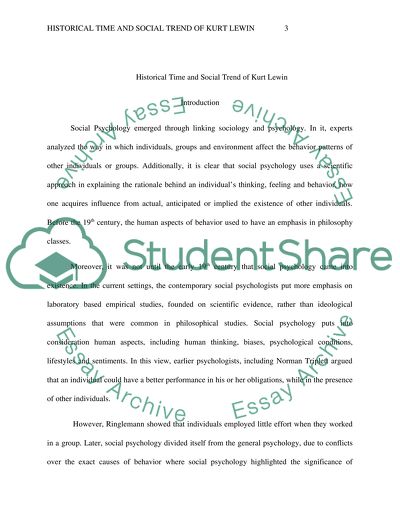Cite this document
(“Historical time and social Trend of Kurt Lewin Research Paper”, n.d.)
Historical time and social Trend of Kurt Lewin Research Paper. Retrieved from https://studentshare.org/psychology/1433744-historical-time-and-social-trend-of-kurt-lewin
Historical time and social Trend of Kurt Lewin Research Paper. Retrieved from https://studentshare.org/psychology/1433744-historical-time-and-social-trend-of-kurt-lewin
(Historical Time and Social Trend of Kurt Lewin Research Paper)
Historical Time and Social Trend of Kurt Lewin Research Paper. https://studentshare.org/psychology/1433744-historical-time-and-social-trend-of-kurt-lewin.
Historical Time and Social Trend of Kurt Lewin Research Paper. https://studentshare.org/psychology/1433744-historical-time-and-social-trend-of-kurt-lewin.
“Historical Time and Social Trend of Kurt Lewin Research Paper”, n.d. https://studentshare.org/psychology/1433744-historical-time-and-social-trend-of-kurt-lewin.


